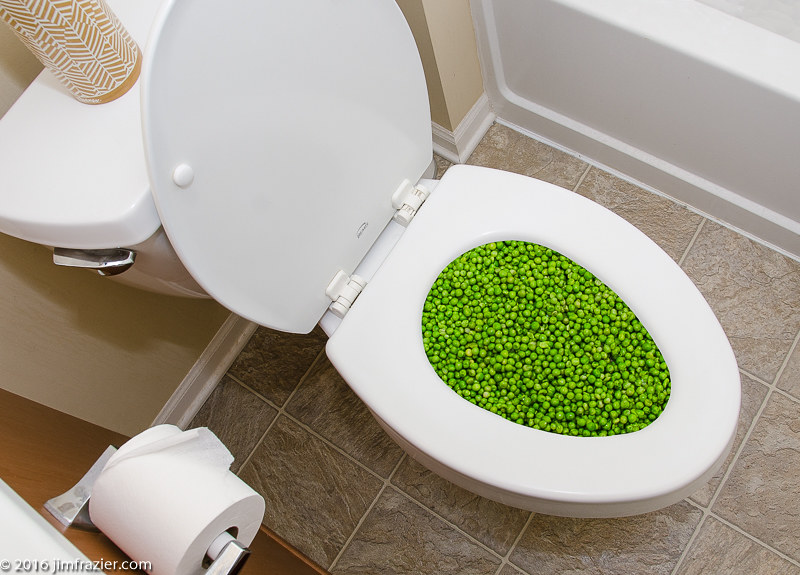They are making a few great annotation on the subject of Think Twice Before Flushing Food Down Your Toilet as a whole in this article underneath.

Introduction
Many people are often faced with the dilemma of what to do with food waste, specifically when it comes to leftovers or scraps. One usual concern that occurs is whether it's okay to flush food down the commode. In this post, we'll delve into the reasons that people could consider flushing food, the consequences of doing so, and alternative approaches for appropriate disposal.
Reasons individuals might take into consideration flushing food
Absence of awareness
Some people may not recognize the potential harm triggered by flushing food down the commode. They might incorrectly believe that it's a harmless method.
Convenience
Flushing food down the bathroom may feel like a quick and very easy solution to getting rid of unwanted scraps, particularly when there's no neighboring trash can available.
Idleness
Sometimes, individuals may merely pick to flush food out of large idleness, without taking into consideration the effects of their activities.
Repercussions of flushing food down the toilet
Environmental impact
Food waste that winds up in rivers can add to pollution and harm aquatic communities. Additionally, the water utilized to flush food can strain water resources.
Pipes problems
Purging food can cause clogged pipes and drains, creating expensive plumbing repairs and aggravations.
Types of food that must not be purged
Coarse foods
Foods with coarse textures such as celery or corn husks can obtain tangled in pipelines and trigger obstructions.
Starchy foods
Starchy foods like pasta and rice can absorb water and swell, leading to clogs in pipes.
Oils and fats
Greasy foods like bacon or food preparation oils need to never ever be purged down the bathroom as they can strengthen and create blockages.
Correct disposal approaches for food waste
Using a garbage disposal
For homes outfitted with garbage disposals, food scraps can be ground up and purged with the pipes system. However, not all foods are suitable for disposal in this fashion.
Recycling
Certain food packaging products can be reused, reducing waste and decreasing environmental effect.
Composting
Composting is a green way to deal with food waste. Organic materials can be composted and made use of to enrich dirt for gardening.
The importance of appropriate waste administration
Reducing environmental harm
Correct waste monitoring methods, such as composting and recycling, help minimize pollution and preserve natural deposits for future generations.
Shielding plumbing systems
By preventing the method of flushing food down the commode, homeowners can avoid expensive pipes repair services and maintain the stability of their pipes systems.
Final thought
Finally, while it might be tempting to flush food down the toilet for comfort, it is very important to comprehend the prospective effects of this activity. By adopting proper waste administration techniques and taking care of food waste sensibly, people can contribute to healthier plumbing systems and a cleaner environment for all.
FLUSH FOOD DOWN THE TOILET?
FLUSHING FOOD CAN CAUSE BLOCKED DRAINS IN YOUR HOME
All of the plumbing fixtures in your home are connected to the same sewer pipe outside of your home. This outdoor sewer pipe is responsible for transporting all the wastewater from your home to the Council sewer mains. Even small pieces of food that go down the kitchen sink can cause problems for your sewer. It should therefore be obvious that flushing larger bits of food, such as meat, risks a clog in either the toilet itself or the sewer pipes. Flushing greasy food is even more problematic because oil coagulates when it cools, coating the interior lining of your pipes.
THE TOILET IS NOT A BIN
Food isn’t the only thing that people shouldn’t be flushing down the toilet. People use the toilet to dispose of all kinds of things such as tampons, makeup wipes, dental floss, kitty litter and even underwear. Water goes to great lengths to educate residents about the high costs and stress placed on wastewater treatment systems simply from people flushing the wrong stuff down the toilet. It costs taxpayers millions of dollars each year, and homeowners thousands in blocked drain repairs.
FLUSHING FOOD IS A WASTE OF WATER
Flushing food is a waste of our most precious resource - water. In June this year Level 1 water restrictions were introduced to protect water supply from drought conditions. Much of New South Wales continues to be affected by prolonged drought with recent figures revealing up to 97 per cent of the state remains in drought. Depending on whether you have a single or dual flush toilet, every single flush uses between five and 11 litres of water. In the current climate this is a huge amount of water to be wasting on flushing food that should be placed in the bin (or better yet, the compost).
https://www.jabplumbingsolutions.com.au/blog/can-you-flush-food-down-the-toilet

As an enthusiastic reader about Is it safe to flush food (especially rice) down the toilet?, I thought sharing that article post was sensible. For those who enjoyed reading our blog posting if you please do not forget to share it. Thanks a lot for your time spent reading it.
View More
Comments on “Can One to Dispose of Food in the Toilet?”